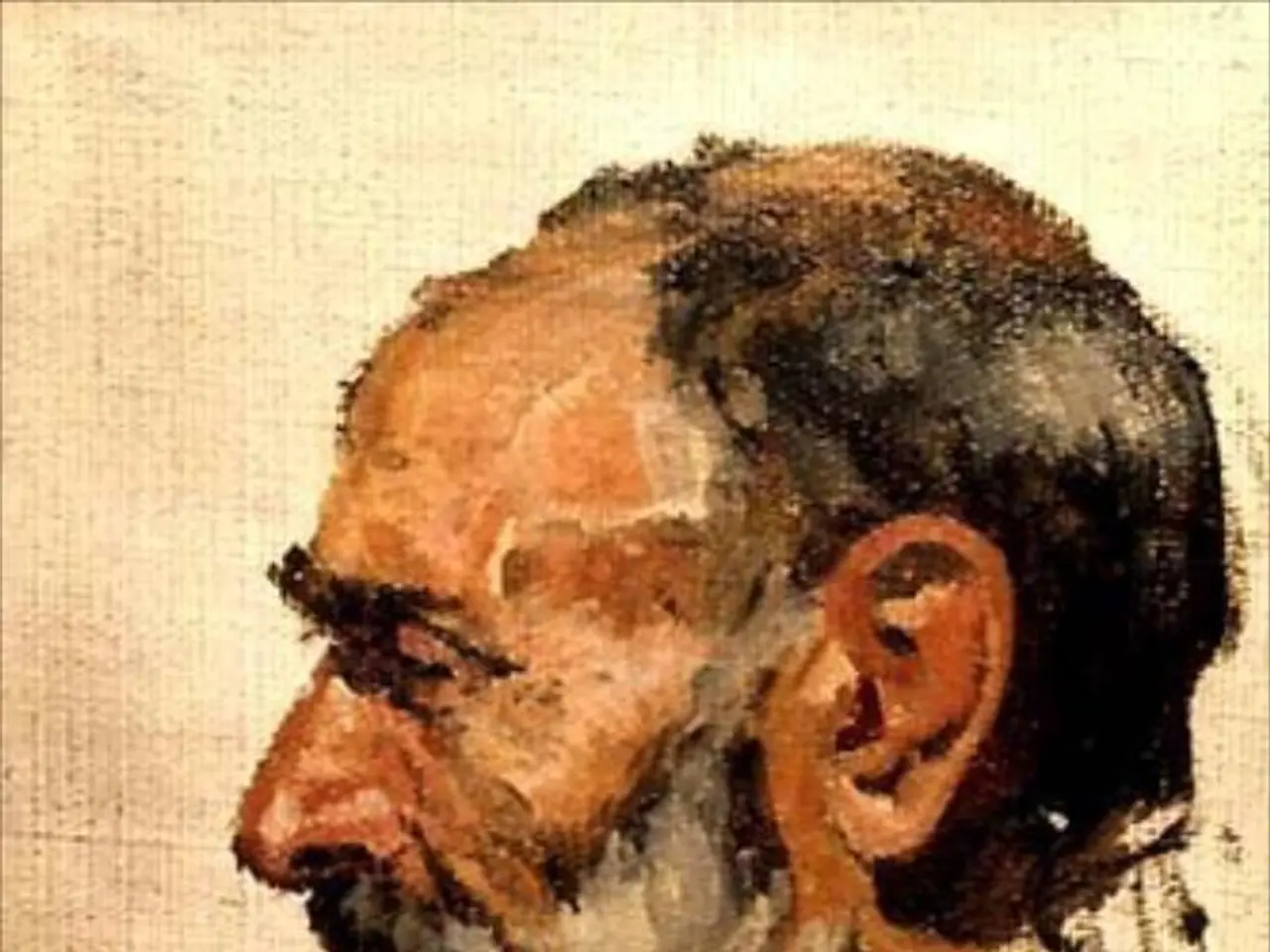Significance of Precise Facial Characteristics in a Mold of the Head
In the realm of prosthetics, reconstructive surgery, and artistic expression, facial casting has taken on a new dimension, thanks to the convergence of technology and tradition.
Facial casting plays a pivotal role in creating custom prosthetic devices that fit seamlessly and functionally, as well as in preserving moments in time for future generations. The importance of achieving accurate facial features in a cast of the head cannot be overstated, whether for art, medicine, or historical preservation.
Artificial intelligence (AI) and machine learning have enhanced facial data capture and reconstruction, allowing for highly realistic digital faces. Tools like DeepFaceLab use sophisticated algorithms to capture minute facial expressions and movements, enabling accurate recreations and manipulations such as face-swapping or digital de-aging.
3D printing technologies, particularly PolyJet printing, have revolutionized the medical field by producing highly detailed and accurate physical facial models. In maxillofacial surgery and orthodontics, this supports surgical planning and the creation of customized prosthetics that perfectly match patient anatomy, improving outcomes and comfort. Bioprinting even holds future potential for reconstructing tissue and bone structures.
Advanced motion capture systems, including AI-powered markerless mocap, capture subtle facial expressions and movements efficiently, benefiting artistic facial casting in animation and virtual production. This technology enables precise facial animation and detailed performance capture.
These technologies have converged to refine facial casting by increasing detail fidelity, reducing time and effort, and enabling personalized, realistic facial models for art, medical treatment, and digital preservation. They facilitate both physical reproductions via 3D prints and digital avatars with nuanced expressions, marking a significant evolution from traditional casting methods to highly accurate and versatile techniques.
Accurate casts can help restore both the appearance and functionality of patients who have suffered facial injuries or congenital deformities. In reconstructive surgery, accurate facial casts provide critical information for surgical planning and can be used to create surgical guides.
For artists, digital casts offer a canvas to explore new ideas or create virtual representations before committing to physical materials. Modern technology, such as 3D scanning and printing, has significantly transformed the world of facial casting, making it more accessible and versatile than ever before.
From capturing moments in time for future generations to enhancing surgical outcomes and patient satisfaction, the impact of technological advancements on facial casting is undeniable. As these technologies continue to evolve, we can expect even more exciting opportunities for artists and medical professionals alike.
[1] DeepFaceLab [2] 3D Printing in Maxillofacial Surgery [3] Markerless Motion Capture





